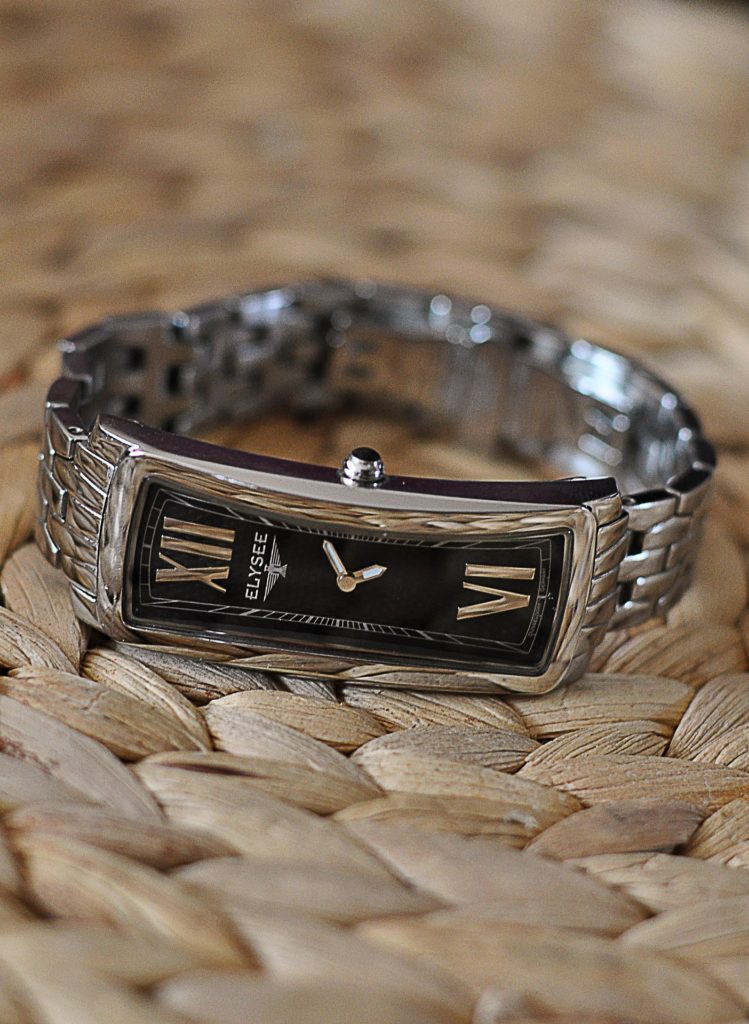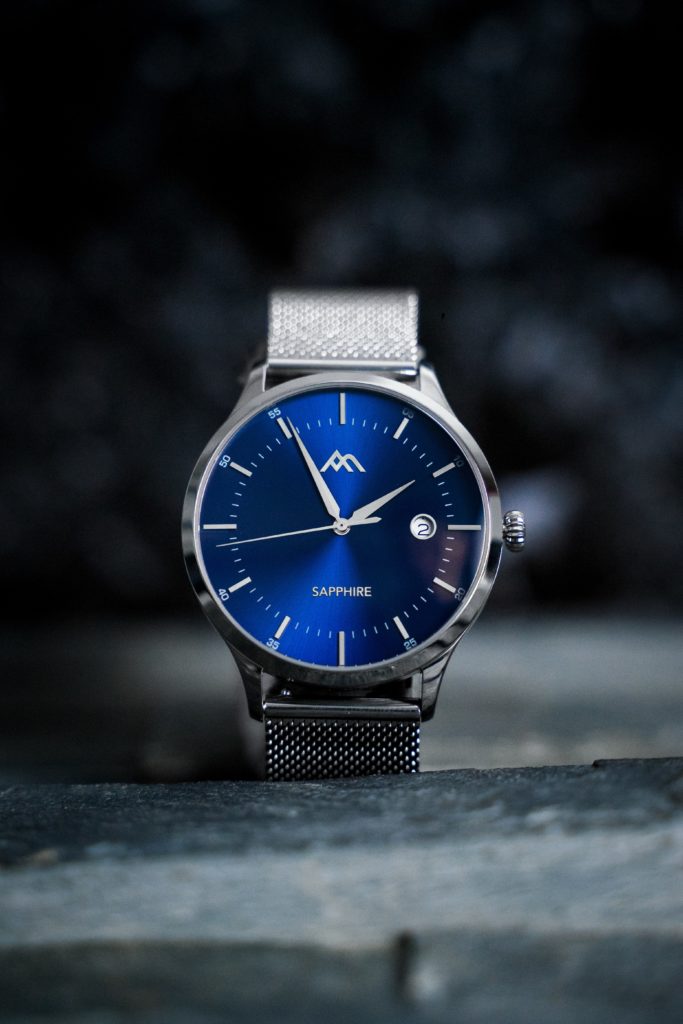Now you can listen to us read this article!
When deciding how to wear a watch, it may occur to you that you aren’t sure about cuff etiquette while wearing it, but is there such a thing? If so, what is it, and how do you avoid social blunders when wearing a watch in public? Namely, should a watch go under a shirt cuff?
A watch should not always go under a shirt cuff. Ideally, a dress shirt cuff should cover at least half of the watch when your arms are at your sides. However, if you don’t care if the watch shows or not, more length is acceptable. However, you should never wear a watch over a shirt cuff.
In this article, I’ll be detailing watch-shirt cuff etiquette, such as if the cuff should cover the watch, how to wear watches, and other watch-related info.
How Much Should My Shirt Cuff Cover My Watch?
It’s generally advisable for your shirt cuff to cover at least half of your watch, if not the whole thing. Keep in mind that this is while standing with your arms down at rest. Of course, your watch will show when you lift your hands and arms.
The half or more rule of thumb acknowledges that your watch should show sometimes, but not when your arms are at your sides. When you raise your arms, the cuffs will recede just enough to show your watch in a tasteful manner.
It’s worth noting that there isn’t a hard and fast rule about how much the cuff should cover a watch and that these are just some rules of thumb people commonly follow.
Can You Wear a Watch Over Your Shirt Cuff?
You cannot wear your watch over your shirt cuff. Not only will you look ridiculous, but neither shirt cuffs nor watches are designed to be worn like that, meaning you’ll be uncomfortable as well as silly.
It’s not worth showing off a fancy watch by fastening it over your shirt cuff.
How To Dress To Impress With a Watch
It can be difficult to realize that there’s a whole host of things to consider when you get a new watch. If you’re new to the world of watches, you may not know that watches and the way you wear them are such a big deal in the world of fashion.
Let’s now talk about some tips to keep in mind.
What Hand Do You Wear a Watch On?
The general rule of thumb is to wear your watch on whichever arm is opposite your dominant hand. Lefties will wear watches on their right hands. This is for purely practical purposes, as you don’t want your watch getting in the way when you try to perform tasks with your dominant hand.
If you’re wearing a watch in any case, you shouldn’t be performing strenuous tasks that require both arms to such an extent that your watch gets involved.
Where To Wear Your Watch on Your Arm
While most people wear their watches on their wrists, this position might not be the best for your wrist.
The wrist is such a short and narrow part of the body that it’s very uncomfortable for a watch to actually reside there. The vast majority of watch-wearers wear their watches on their lower forearm, very close to their wrist.
However, if that’s the most comfortable position for your watch, then wear it how you want to wear it.
How Tight Should a Watch Be?
Watches should be tight enough to not move up and down when you lift, extend, or move your arm. Exact measurements will vary based on the watch’s band and the person’s wrist. The perfect tightness of watches should keep them on the forearm directly next to the wrist, no matter the arm’s position.
You also don’t want it too tight so that it cuts off circulation to your hand. A watch should fit snugly, but loose enough to stick a finger between the watch and your wrist.
Where To Wear Your Watch
Different situations call for different watches or even no watches. You don’t need to wear your most expensive watch to the gym, for example. Are you going to the beach? Consider a cheap waterproof watch, if you absolutely have to have one.
Wearing a very expensive watch in public or even in business can cause remarks – some may be admiring or envious, while others may be less positive. As with your clothes, you should tailor the type of watch you wear to the environment you’re in. If suits and fancy watches are the norms in your office, it’s okay to regularly wear your best watch to work.
If you don’t regularly wear your best wardrobe, why would you always wear your best watch? You don’t need a fancy watch to go to the movies or the corner store, assuming you always wear sleeves.
Can I Roll Up My Sleeve To Show My Watch?
You should not roll up your sleeve just to show your watch. Doing so would be considered vain at best and rude at worst. A more acceptable alternative in more “formal casual” settings would be to roll up both sleeves.
If that happens to make your watch more visible, so be it.
Should I Have Shirt Cuffs Changed To Accommodate Watches?
You can have your shirt cuffs changed to accommodate your watch if you want to. Tailoring is generally a more expensive indulgence for nicer clothes such as dress shirts and suits, though, so consider carefully.
For shirts, the sleeves depend on their delicate grip on the wrist to stay in place or adjust.
When extending the arm, for example, well-made shirt cuffs have excess material so the cuff stays in place on the wrist. Poorly tailored or fitted shirts often have cuffs that recede when you extend your arms.
The problem with having shirts altered to accommodate watches is that you’d need to open up the cuff area, which loosens the fit.
Loose shirt cuffs tend to drape over the area where watches typically reside. This creates an annoying effect where you have to pull your sleeve down every time you raise your hand to check the time. While this is not life-changing, it is not ideal either.
Wrapping Up
While a watch should not always be worn under a shirt cuff, the permutations available to you are endless, such as halfway covered, fully covered, sleeves rolled up, and so on. As long as you avoid the faux pas of putting your watch over your cuff, there are few ways to go wrong.







